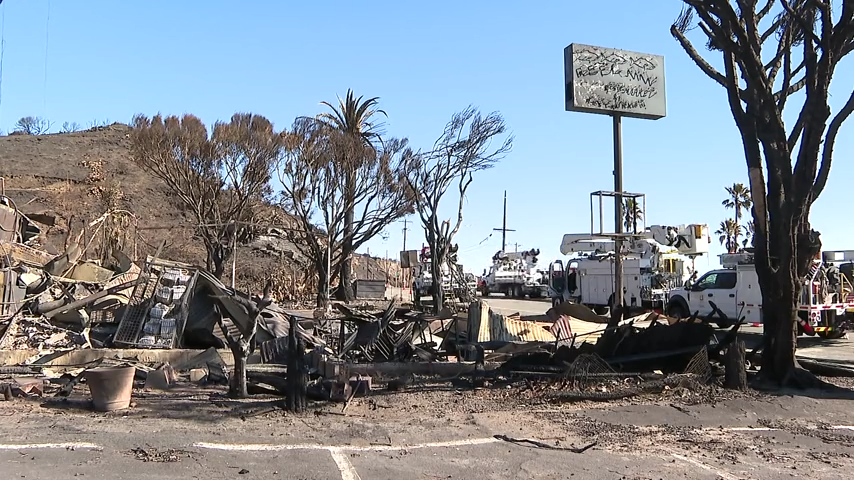Valley fever cases increased in several Southern California counties in 2024, according to the California Department of Public Health.
Caused by the fungus Coccidioides, the illness is contracted by inhaling fungal spores that are commonly found in hot and dry climates. Wet weather can promote the growth of that fungus, making for an uptick in cases when the rainy season hits the Southland.
Activities like construction, walking or strong weather can disturb dirt, which could send those small fungal spores in the air and make people or animals inhale them.
Valley fever symptoms include:
Get top local stories in Southern California delivered to you every morning. Sign up for NBC LA's News Headlines newsletter.
- Cough
- Difficulty breathing
- Headache
- Rash
- Fatigue
- Chest pain
- Weight loss
- Chest pain
- Muscle or joint paint
- Fever
- Night sweats
About 6 in 10 people will not show symptoms and their bodies will fight off the infection. It can also be treated with anti-fungal medication.
The illness is not contagious since it’s contracted by inhaling the spores. Since the symptoms are similar to respiratory disease, it’s best to seek a laboratory test to determine if an illness is valley fever, influenza or COVID-19.
Local
Get Los Angeles's latest local news on crime, entertainment, weather, schools, cost of living and more. Here's your go-to source for today's LA news.
To learn more about valley fever, click here.



